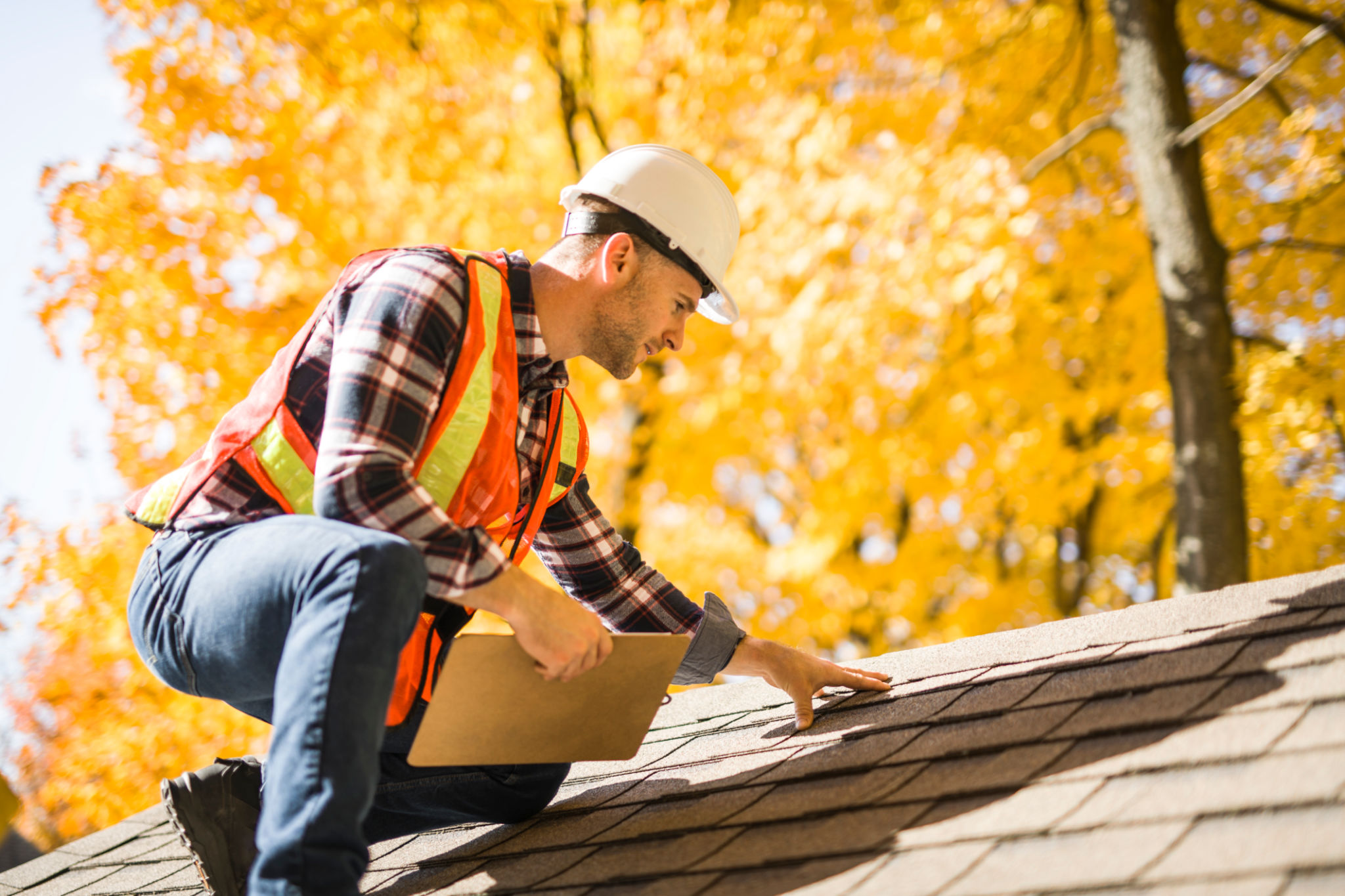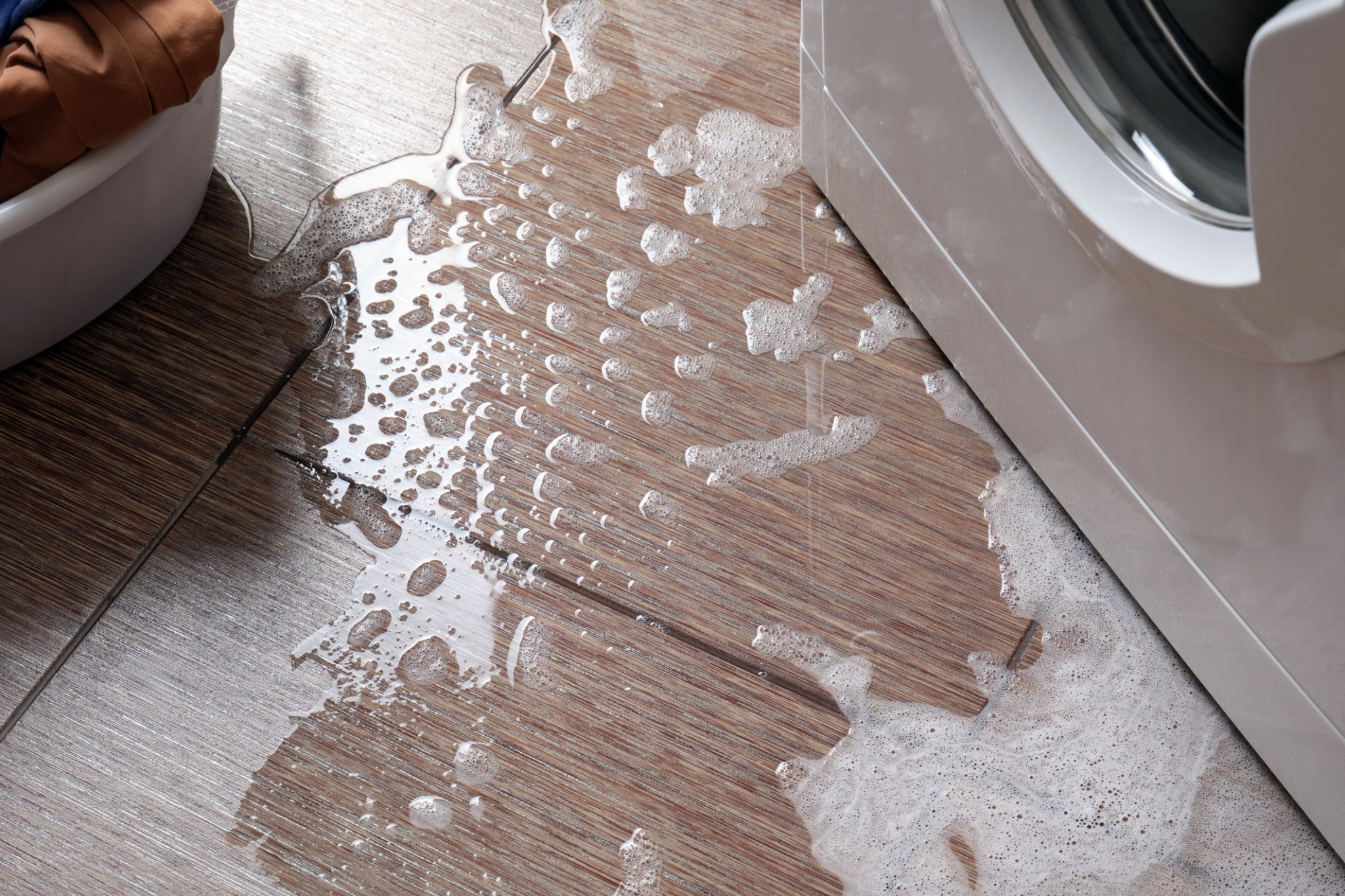DIY Roof Inspection: How to Spot Common Roofing Problems
Introduction to DIY Roof Inspection
Ensuring the health of your roof is a crucial aspect of home maintenance. While hiring professionals is always an option, conducting a DIY roof inspection can help you spot potential issues early. This proactive approach can save you from costly repairs down the line.
Before starting, ensure you have the necessary safety equipment such as a sturdy ladder, gloves, and non-slip shoes. It's important to prioritize safety above all else when inspecting your roof.

Identifying Common Roofing Problems
Missing or Damaged Shingles
One of the most common roofing problems is missing or damaged shingles. Inspect your roof for any shingles that are cracked, curled, or completely absent. These issues can lead to leaks and further damage if not addressed promptly.
Shingle damage is often caused by severe weather conditions such as strong winds or hail. Regular inspection after such events can help you catch these problems early.
Look for Leaks and Water Damage
Water stains on your ceiling or walls are a telltale sign of a roof leak. During your inspection, check the attic for any damp spots or mold growth, which could indicate water intrusion. Identifying leaks early can prevent structural damage and mold issues.

Checking the Roof's Flashing
Flashing is the material that seals joints and prevents water from seeping through. Over time, flashing can become loose or corroded. Inspect areas around chimneys, vents, and skylights for any signs of flashing deterioration.
Ensure that the flashing is intact and securely fastened. If you notice any issues, it might be time to reseal or replace it to prevent water infiltration.
Inspecting Gutters and Downspouts
Clogged gutters can cause water to back up and damage your roof. During your inspection, clear out any debris from the gutters and ensure that downspouts are directing water away from the foundation.

Assessing Roof Ventilation
Proper ventilation is essential for maintaining the longevity of your roof. Check for any blockages in vents and ensure that air is circulating freely. A well-ventilated roof helps prevent moisture buildup and extends the life of your shingles.
If you notice any ventilation issues, consider consulting a professional to assess potential solutions such as installing additional vents or fans.
Conclusion
Performing a DIY roof inspection is an effective way to maintain your home’s integrity and avoid costly repairs. By regularly checking for common roofing problems like shingle damage, leaks, and ventilation issues, you can ensure your roof remains in top condition.
Remember, while DIY inspections are beneficial, don't hesitate to call in professionals if you encounter serious issues or if you're uncertain about any findings. Your safety and the health of your home should always come first.
